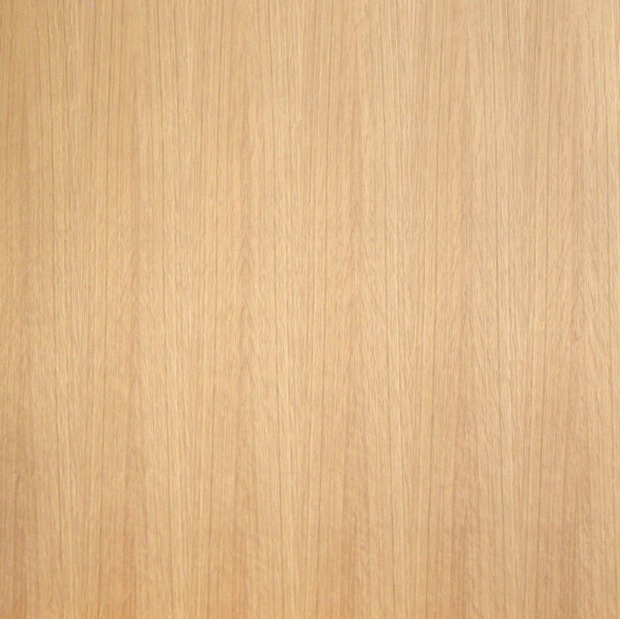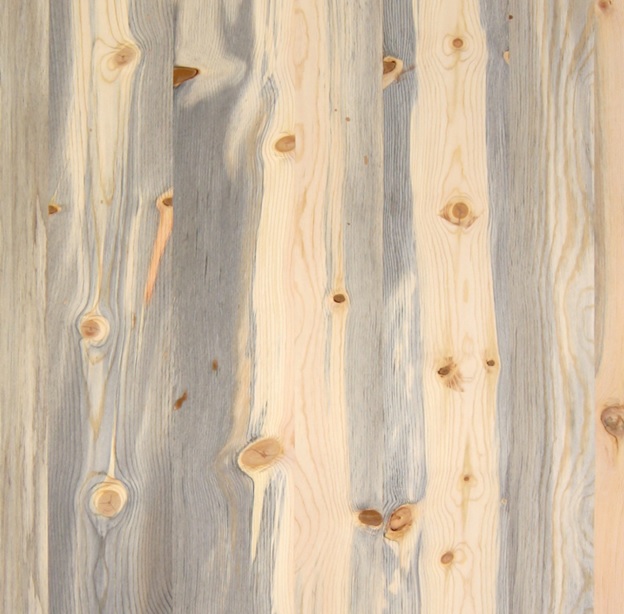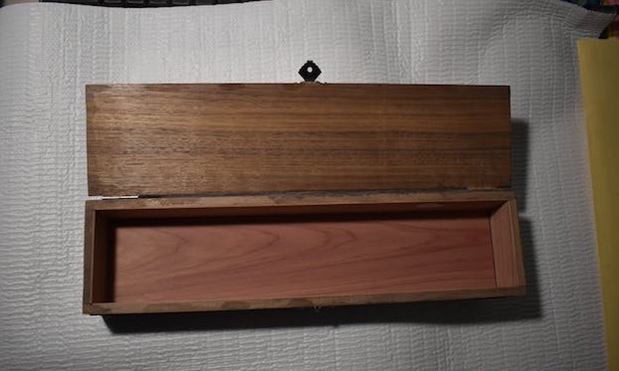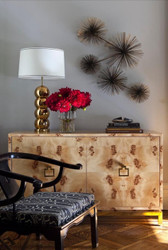Alder to Mappa Burl Veneer: Our “Best of” List
Sep 13th 2023
Veneer, being made from real wood, is highly variable. As highly variable as the species of wood from which it is made, in fact.
As you might imagine, veneer species are suitable for a wide range of different projects based on their own unique traits. Here’s our best of list, by application/trait, from alder to mappa burl veneer, with a little bit of everything in between.
Easiest to Finish: Alder Veneer
Alder veneer is not only relatively affordable, it has a pleasant, warm, light tone that is exceptionally easy to finish.
Let’s face it, some woods have weird grain orientation and are difficult to sand and finish. Alder is not. You can bring it to a high-gloss finish before you even apply a topcoat, and it responds well not only to penetrating oils and surface finishes but to stains as well.
So, if you’d prefer something darker but don’t want to pay for cherry or walnut veneer, alder veneer, finished with a dark stain, is a great option.
Most Classic: Walnut Veneer
If you’re going for a dark, rich, opulent aesthetic, it’s hard to beat walnut veneer.
Dark, beautiful walnut, like alder, is also relatively easy to finish and responds well to a wide range of methods. It’s perfect for cabinets, shelves, tables and furniture, doors, bookcases, and much more.
Also, walnut veneer makes an excellent alternative to sold hardwood because it is more economical and doesn’t place as much of a strain on native stocks.
Best for Colonial Interiors: White Oak/White Pine

This one’s a toss-up. The settlers in the eastern half of this country widely used white oak in construction and for furniture for a few good reasons.
For one, the tree is long-lived and can grow quite large. There was a surfeit of white oak all across the eastern landscape in the early days of the country. It’s not altogether rare, still.
White oak is also immensely strong. Early buildings made with white oak timbers still stand.
Of course, now, the beautiful flecks of quartersawn white oak are not only attractive in their own right, but conjure up an immediate sensation of colonial design.
So does white pine. Just like white oak, white pine, especially in our virgin forests, was amazingly abundant.
The trees live long, grow straight and tall (one of their most prominent early uses was in the building of masts for sailing vessels), and the wood is light and easy to work.
It’s not as strong as white oak, but white pine is still a wonderful wood, and a great one to use if you like the look of colonial design.
Both white oak veneer and white pine veneer are tops for this purpose.
Best for Rustic/Farmhouse Interiors: Knotty Pine
Switching it up a little, knotty pine veneer is an excellent option if you love the look of a farmhouse or rustic interior.
Our top suggestion? Beetle Kill Blue Knotty Pine Veneer. Decorate some furniture or cabinets with this, and all you’ll need to complete the setting are some cast iron and Warren Kimble art!

Most Unique: Purpleheart Veneer
Sometimes names can be slightly misleading. For instance, the “blue” knotty pine above; it is a bit blue, but not sky blue, you know?
The majority of woods can be categorized as some shade of brown, perhaps with a yellowish tint or a reddish tint. Some woods are nearly black, like ebony.
But purpleheart veneer? That’s one of a kind. This wood truly has a purple tint that you must see to believe.
Go ahead and check out our purpleheart veneer. Just be aware, pictures don’t really do it justice.
Most Beautiful: Mappa Burl Veneer
Even if you’ve never heard of mappa burl veneer before, you’ll probably recognize it when you see it (check the image at the top of this article).
Mappa burl, produced from the burl of the European Mappa Popular, is a beautiful, buff colored burl with dark bird’s eye figure.
It’s commonly used to produce tabletops, furniture, and cabinets, but it can be used for a wide range of other ornamental purposes.
It’s definitely among the most interesting and aesthetically beautiful of all wood veneers.
Softest/Easiest to Work with: Yellow Pine
Yellow pine is not only affordable, it is soft, light, flexible, and relatively easy to work with.
This makes it a quality species if you’ve never worked with veneer before and want to get your feet wet.
Plus, yellow pine veneer can be used for a wide range of applications.
Most Durable: Brazilian Walnut
Brazilian walnut wood is one of the hardest and most durable woods in the entire world.
With a Janka Hardness Rating of 3684, it is nearly 3 times harder than white oak, and more than 3 times harder than walnut, both of which are hardwoods well known for their strength.
Solid brazilian walnut is so hard it can snap titanium drill bits like twigs. Brazilian walnut veneer is much easier to work with. Take it on if you’re up for the challenge.
Most Rot-Resistant: Cedar Veneer (Aromatic Premium)
Cedar wood produces cedrol, or cedar oil, which you might know from its pleasant, woody, slightly spicy aroma.
Cedrol is of great value to woodworkers because it is insecticidal, fungicidal, and antimicrobial. As a result, cedar is marvelously rot-resistant.
This is of particular importance to some people because cedar chests and cedar hangers can be used to repel insects that destroy fabrics.
You don’t need a solid hardwood for this. Lining the inside of a chest with cedar veneer confers this benefit. It’s a beautiful wood, too.

Most Affordable: Draw (Bamboo, Pine, and Fir)
It’s hard to pick a single “most affordable” veneer, because the price will depend partly on the cut, partly on the species, and of course on how much you buy.
So this ones a split, but all three of these options - pine, bamboo, and fir - are readily available, grow relatively quickly, and are more or less very affordable.
Bear in mind that there are many species of pine and fir and that some are more affordable than others, but in general, all of these different veneers are easy to work, soft, flexible, and forgiving.
They make a good choice if you need to stretch your dollars further and want to work with an affordable species on your next project.
Questions? Contact Us Before You Start Your Project
We couldn’t cover everything in this post, of course! If you’re not sure which species is best for your project, feel free to reach out to us at 800-426-6018. We’ll help you out in any way we can - we can even make personalized recommendations for species and cut based on your requirements.
